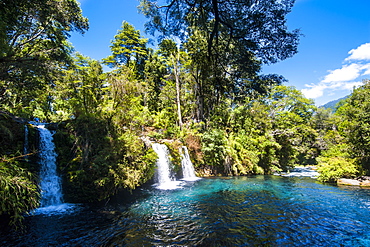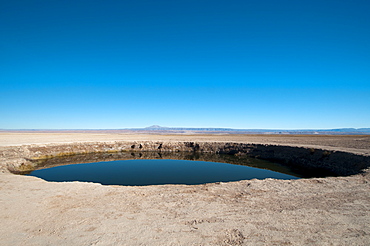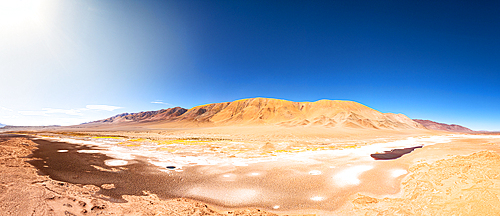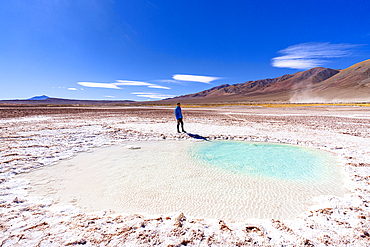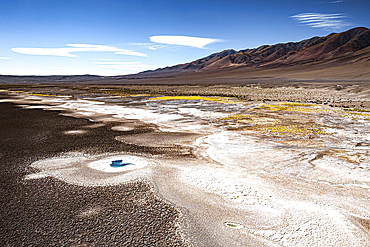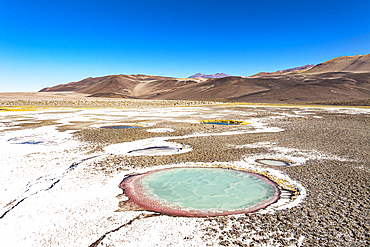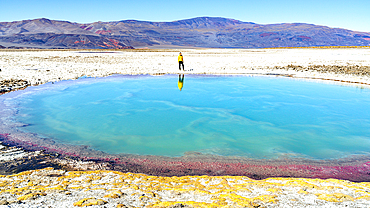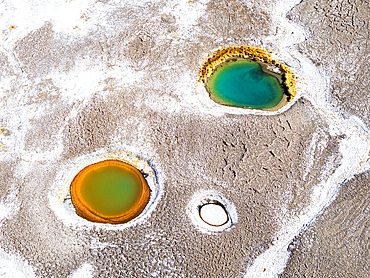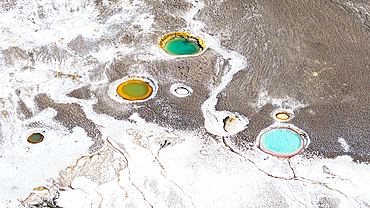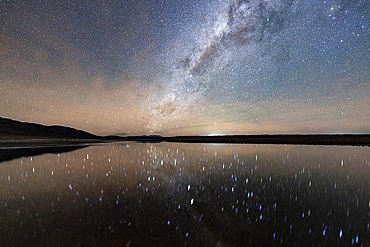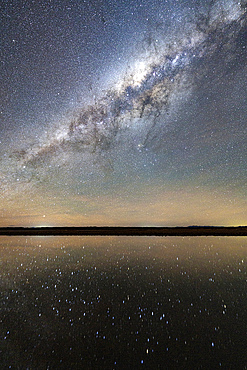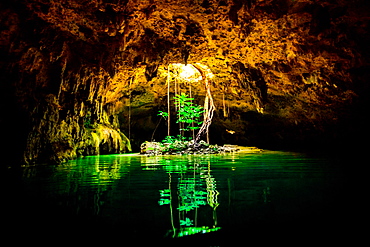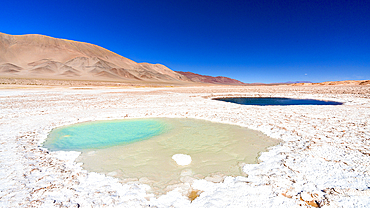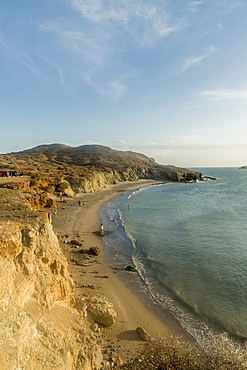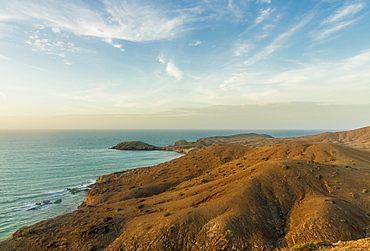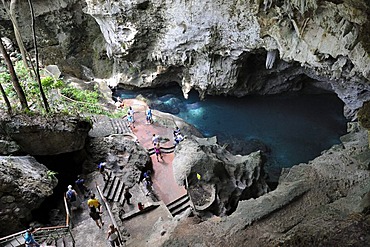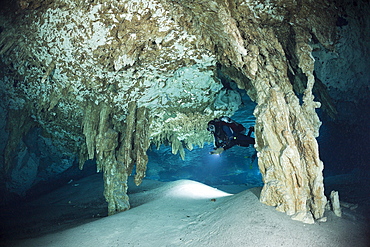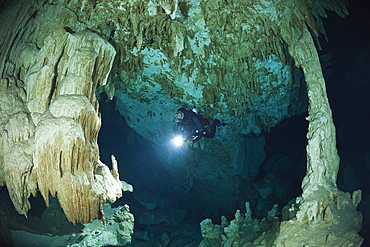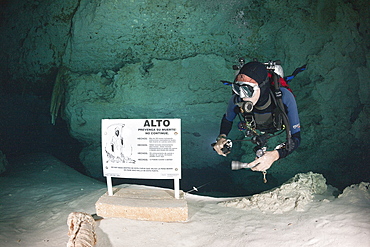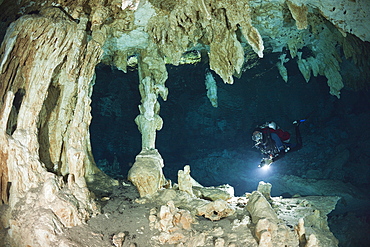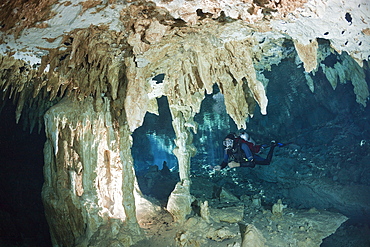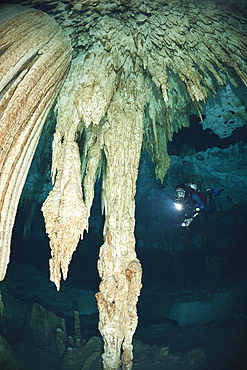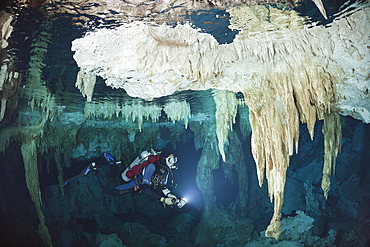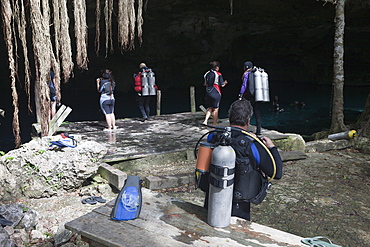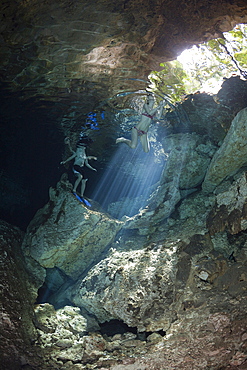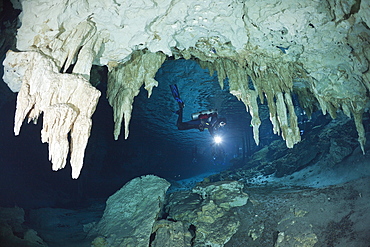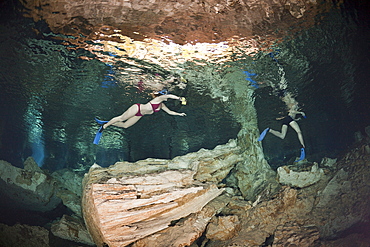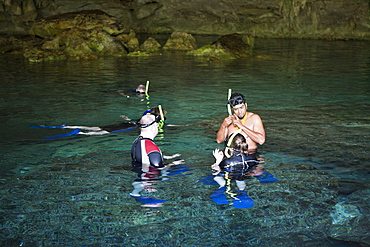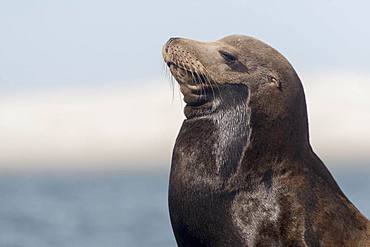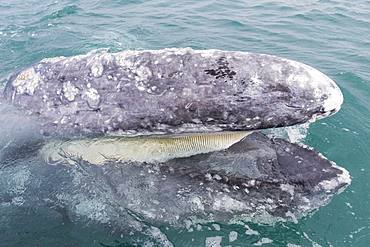Results
17 results found
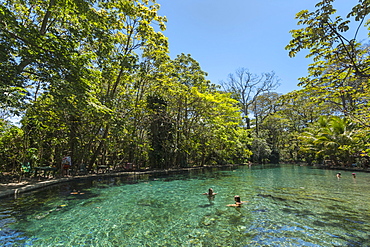
Clear spring waters of La Presa Ojo de Aqua pool near Santa Domingo on the east coast, Omotepe Island, Lake Nicaragua, Nicaragua, Central America

Ojos de Mar. The Argentinian Altiplano along the Routa 27 near Tolar Grande and the Salar de Arizaro. South America, Argentina
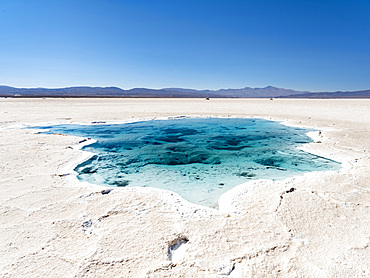
Ojos del Salar, groundwater ponds and surface of the Salar predominantly natriumchloride. Landscape on the salt flats Salar Salinas Grandes in the Altiplano. South America, Argentina

Ojos de Mar. The Argentinian Altiplano along the Routa 27 near Tolar Grande and the Salar de Arizaro. South America, Argentina
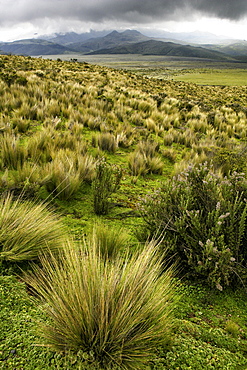
Cotopaxi is a volcano of Ecuador. Located in Canton Latacunga in Cotopaxi Province. With an elevation of 5.897msnm is the second most height of the country (being preceded by the Chimborazo) and one of the highest active volcanoes in the world (the highest active volcano is the Ojos del Salado on the border between Chile and Argentina) . It is located 33 kilometers northeast of the city of Latacunga, 50 km south of the state.

Cotopaxi is a volcano of Ecuador. Located in Canton Latacunga in Cotopaxi Province. With an elevation of 5.897msnm is the second most height of the country (being preceded by the Chimborazo) and one of the highest active volcanoes in the world (the highest active volcano is the Ojos del Salado on the border between Chile and Argentina) . It is located 33 kilometers northeast of the city of Latacunga, 50 km south of the state.
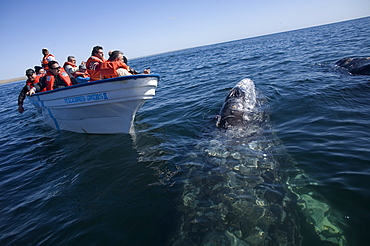
A gray whale swims near tourists in a boat in Ojo de Liebre Lagoon near the town of Guerrero Negro in Mexico's southern Baja California state, February 18, 2009. The Gray Whale emigrate every year from the North American Pacific Coast from arctic seas to the lagoons of Baja California, Mexico for mating and calving. The whales make one of the longest of all mammalian migrations, averaging 10,000-14,000 miles, Mexico
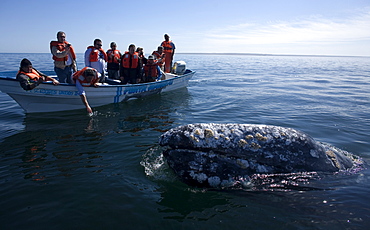
A gray whale swims near tourists in Ojo de Liebre Lagoon near the town of Guerrero Negro in Mexico's southern Baja California state, February 18, 2009. The Gray Whale emigrate every year from the North American Pacific Coast from arctic seas to the lagoons of Baja California, Mexico for mating and calving. The whales make one of the longest of all mammalian migrations, averaging 10,000-14,000 miles, Mexico
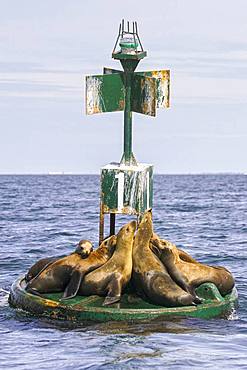
California sea lion ( Zalophus californianus), rests on buoy, Ojo de Liebre Lagoon (formerly known as Scammon's Lagoon), Guerrero Negro, Baja California Sur, Mexico

Gray Whale (Eschrichtius robustus), adult, mouth open behind the boat, Ojo de Liebre Lagoon (formerly known as Scammon's Lagoon), Guerrero Negro, Baja California Sur, Mexico
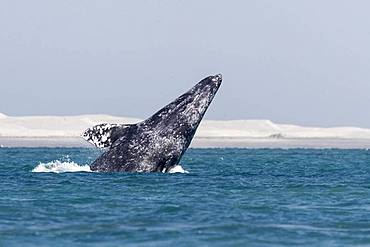
Gray Whale (Eschrichtius robustus), adult, breaching, Ojo de Liebre Lagoon (formerly known as Scammon's Lagoon), Guerrero Negro, Baja California Sur, Mexico
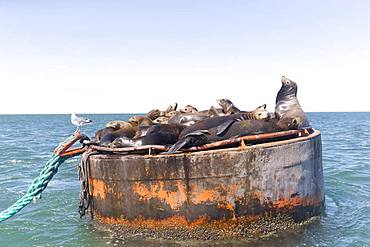
California sea lion ( Zalophus californianus), rests on buoy, Ojo de Liebre Lagoon (formerly known as Scammon's Lagoon), Guerrero Negro, Baja California Sur, Mexico
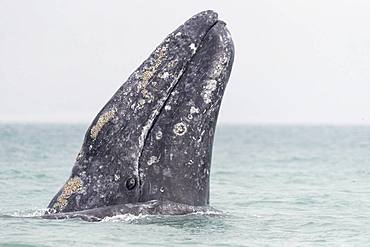
Gray Whale (Eschrichtius robustus), adult, spyhopping, Ojo de Liebre Lagoon (formerly known as Scammon's Lagoon), Guerrero Negro, Baja California Sur, Mexico
